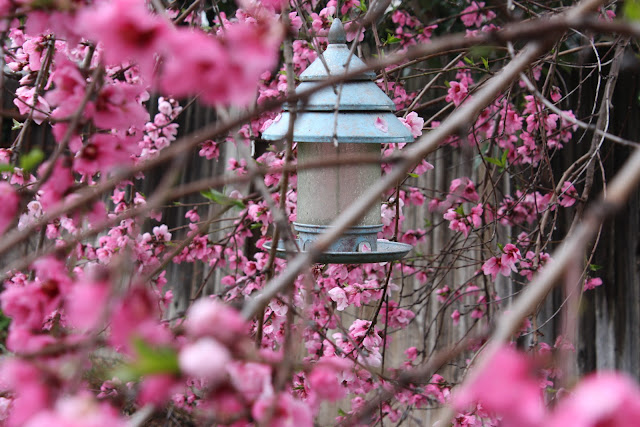Moving into someone else’s house and making it your home feels
like sitting down at a keyboard to finish a story someone else started writing. Except that all you have to work with is the
very last chapter they wrote – the leftover stuff you see today. You can only guess what those initial
chapters contained.
You look for clues that might suggest a motivation or an
explanation. You try to piece together a
history from tactile bits of information like the dated color of an old toilet or the
design of a windowsill that looks out of place; you recall details in the
mortgage documents: names and dates, property lines, easements; or progressive lines
scratched into molding marking the growth of the boys that used to share your
daughter’s room.
 |
| The door jamb needs repainting but we've held off, preserving recent history. |
You find that with some of those leftover plot devices you
want to honor its history and build it into your part of the narrative. But you also discover that the plot needs to
move forward and things have to change.
One of my college professors said that the key to writing
good fiction is to make normal people do things that normal people wouldn’t
normally do. In this story, I will have
to be the one doing the things that normal people wouldn’t do in order to make
it my story, my home.
I will have to take the workshop that was built by the man
who first bought this house and who fathered six daughters and turn it into a
game room, or a cigar lounge, or a part-time gym . . . all of these being things that might make that man roll over in his grave.
 |
| The shop has been a catch-all for things without a place inside. |
I will have to take the shed that was put here by the last couple so they could store their lawn mower and turn it into a potting shed that will do a better job at setting the scene now that a gardener has come to live here.
 |
| There's room to move around in here and use this as a potting shed but only after I find a better home for the mower and my garden cart. |
 |
| My former garden was filled with potted plants. I now have dozens of pots, barrels and containers that are unused and need to be written into the landscape or deleted entirely. |
I will continue to edit out the trees that don’t belong and the plants that were only meant to be passing background characters.
For now I have chosen to leave the mysterious lines of concrete
in the yard because they say something to me about the history of this place
and provide a framework for what might come next. Maybe these solid relics will become the obstacle my character will have to overcome, or the boundary markers in a child's game of tag.
 |
| These concrete lines span the width of our yard. I wonder if they once marked the edge of our property. |
 |
| Other sections of concrete baffle me entirely. For what were these intended so many years ago? |
I will leave the vegetable patch where it is even though it is no longer the sunniest place in the yard because I think it needs to be where it is for reasons I don’t understand myself. Its weedy state could be the foundation for a tale of a rebirth that could parallel my own life somehow.
Very gradually, I imagine, the days will come when the
things I see will say more about my family’s presence here than the ghosts
knocking around this place. And eventually,
many years from now, I’ll come to that last chapter and even though all the
stories before it will go missing, I hope the next person picks up on our clues
and writes the next chapter and does the things I wouldn't do.



































